Plasma treatment
Look for appointment timesWhat is Platelet-Rich Plasma (PRP) Therapy and When is it Used?
Platelet-rich plasma (PRP) therapy is a treatment method that utilizes the patient’s own centrifuged blood to obtain a concentrate of platelets and white blood cells, which is then injected into the affected area. The procedure accelerates the healing and regeneration of tendons, ligaments, and cartilage. Studies have shown that this therapy can speed up tissue healing in the treated area by 2–3 times.
Who Can Benefit from PRP Therapy?
PRP therapy is indicated for:
- Tendon overload syndrome, injuries, inflammations, or joint cartilage deformities.
- Accelerating post-operative healing of tendons and ligaments.
- Athletes and patients suffering from trauma, musculoskeletal injuries, and chronic overload syndrome.
The suitability and potential benefits of PRP therapy are assessed during a doctor’s consultation, and additional examinations (MRI and/or ultrasound) may be required if necessary.
The PRP Therapy Procedure
During the procedure, blood is drawn from the patient’s vein using a special syringe. The blood is then centrifuged to separate the plasma, which is subsequently injected into the affected area. When platelets are activated, they release growth factors that accelerate the natural healing of damaged cells, stimulate collagen production, promote the formation of new capillaries, aid in tissue and blood vessel regeneration, and stop bleeding.
The procedure is typically repeated up to three times at intervals of several weeks. The entire process usually takes about 20–30 minutes.
After the Procedure
Initially, the procedure may cause pain and discomfort. The injection site may remain sore for a few days. To alleviate pain, a cold pack (or ice) can be applied to the injection site, and the treated joint can be elevated. Pain-relieving medications (such as paracetamol) may also be used.
Physical activity should be avoided after the injection. Rehabilitation exercises and physical activities can be resumed approximately one week after the procedure. Most patients experience symptom relief immediately after the first treatment.
What Are the Risks of PRP Therapy?
PRP therapy has significant advantages over alternative treatments (such as local hormone therapy, hyaluronic acid injections, physiotherapy, or surgery) as it carries virtually no risk of complications. There are no rejection reactions since the patient’s own tissue is used. The risk of infection is minimal because the plasma contains immune cells that prevent infections.
The service is provided by Confido Tallinn orthopedists. The necessity of the procedure is determined during the consultation.
Service providers
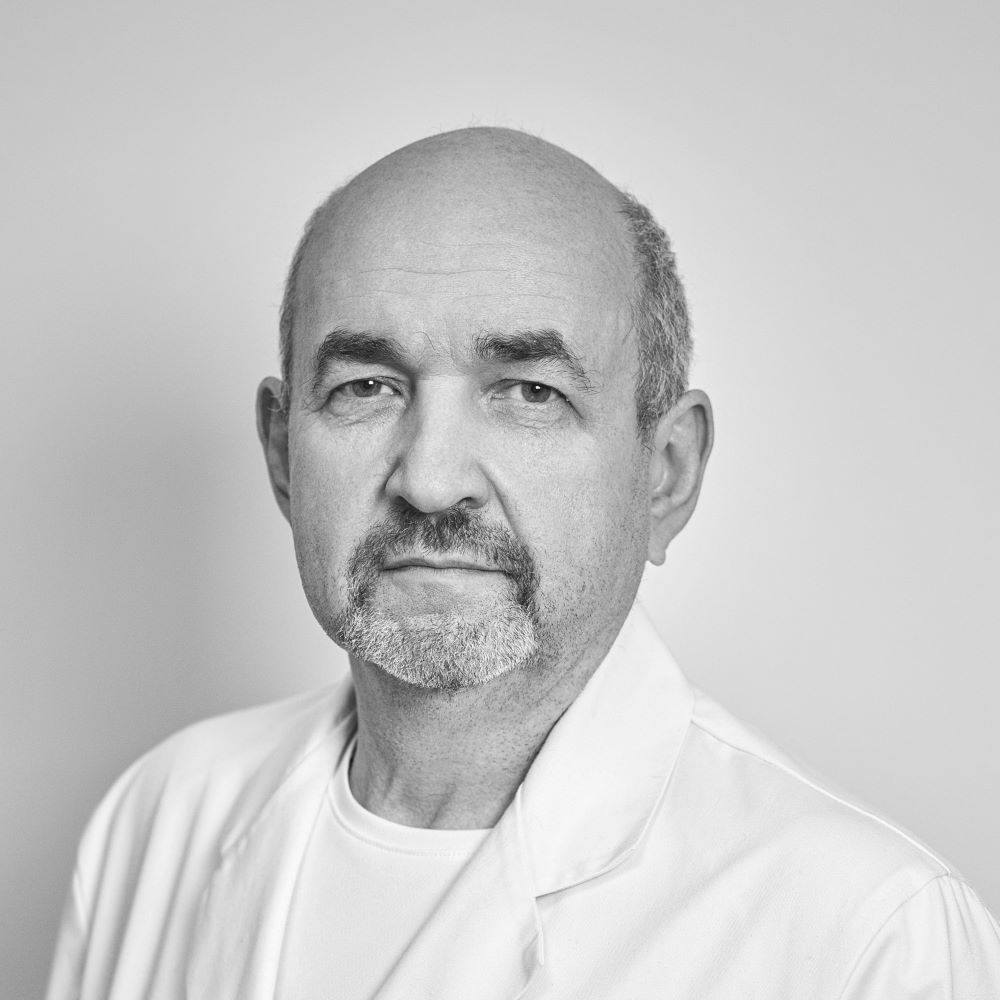
Armin Heiman
Orthopedist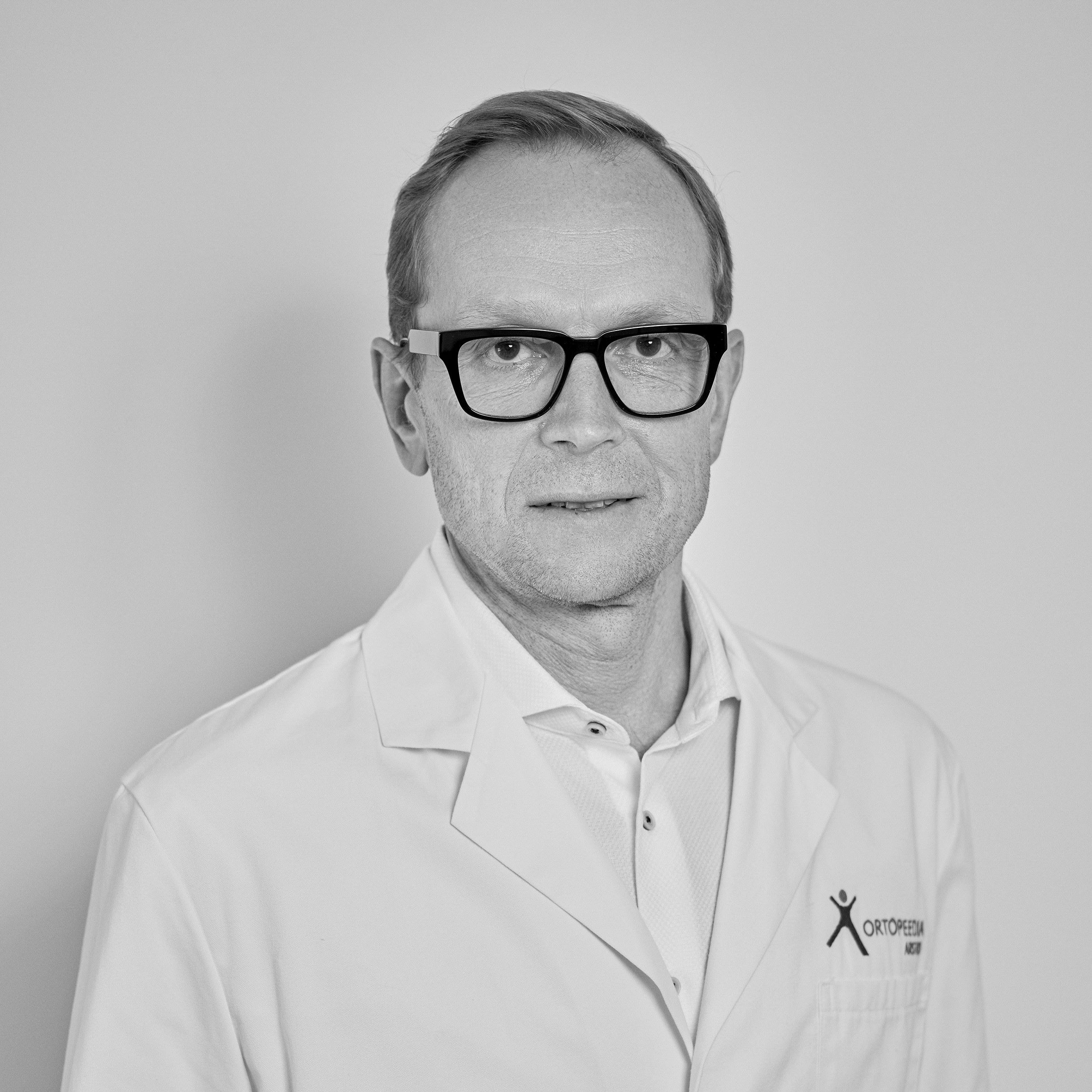
Mihkel Mardna
Orthopedist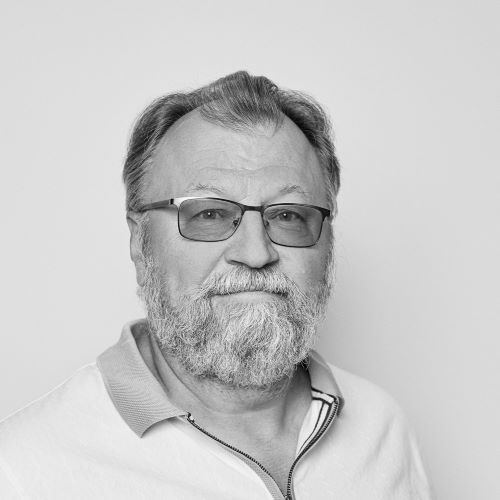
Jüri Pere
Orthopedist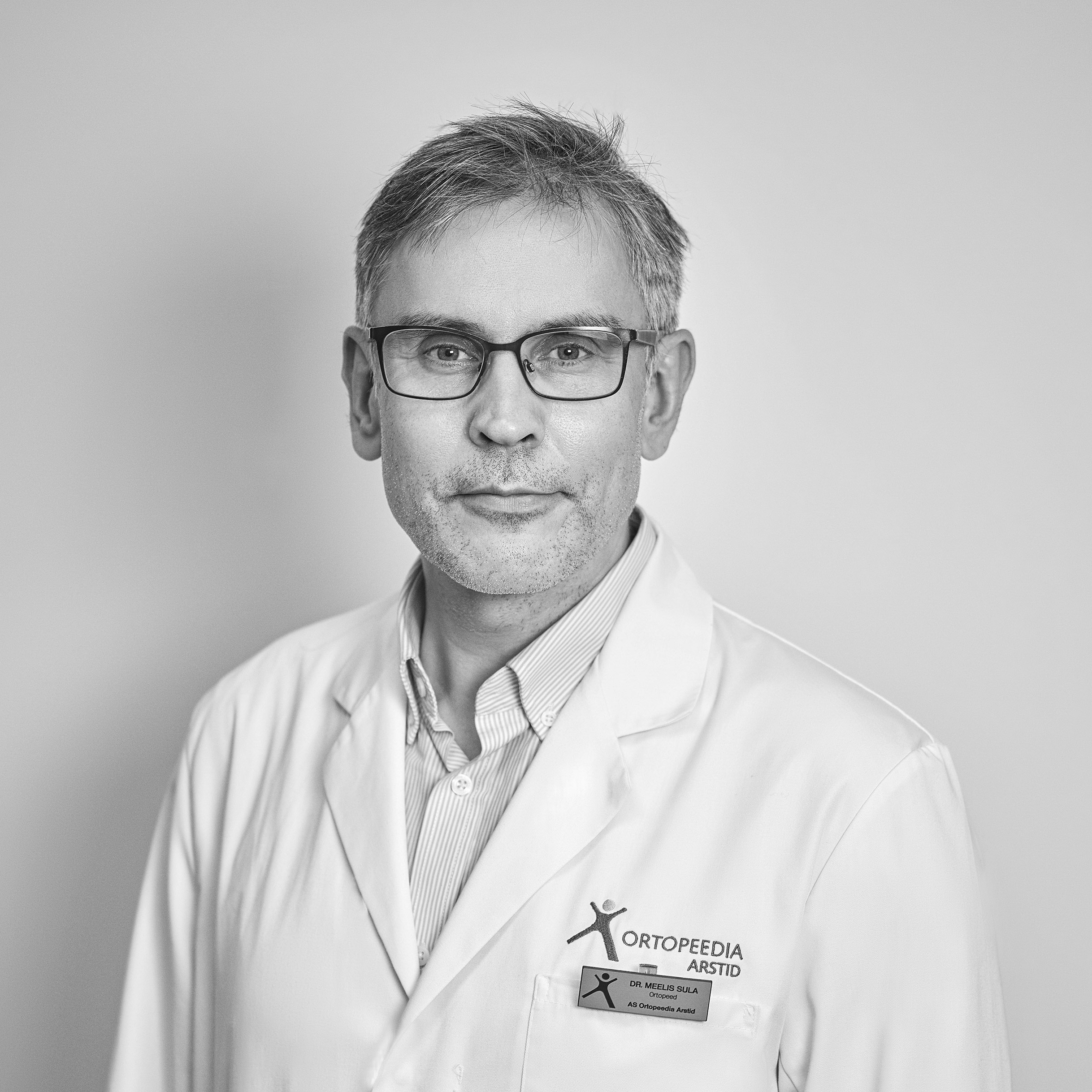
Meelis Sula
Orthopedist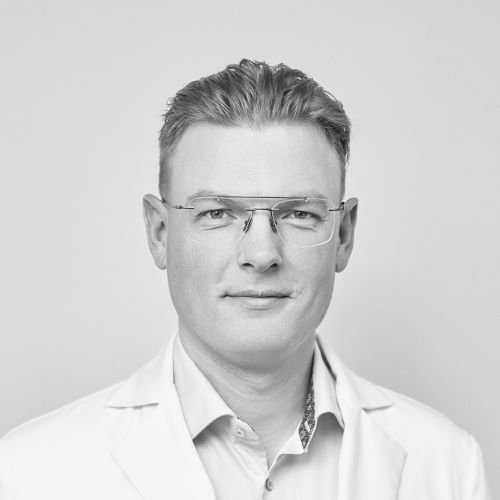
Hardi Kaljurand
Head of Tartu Surgery Clinic, Orthopedist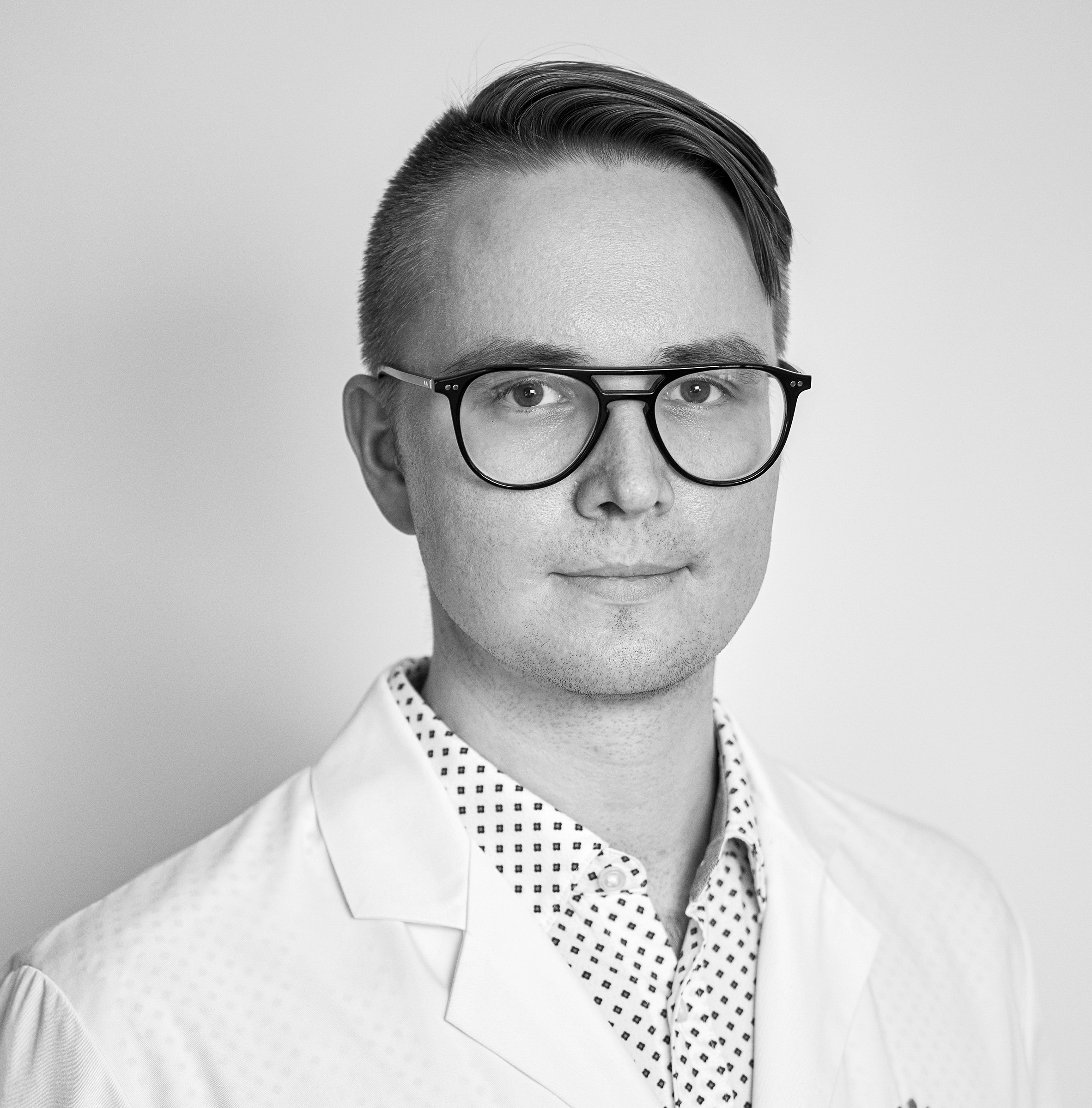
Paul-Sander Vahi
Orthopedist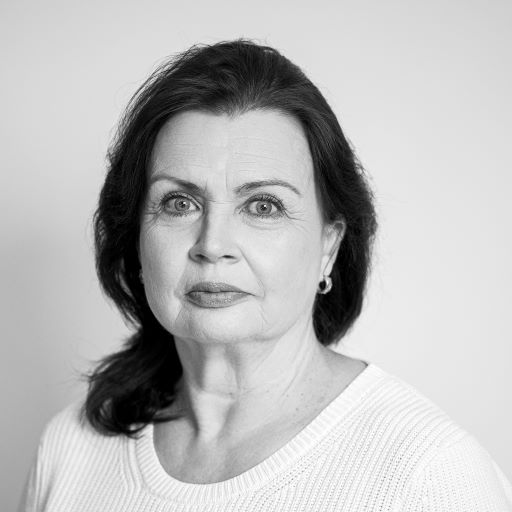
Krista Ühtegi
Orthopedist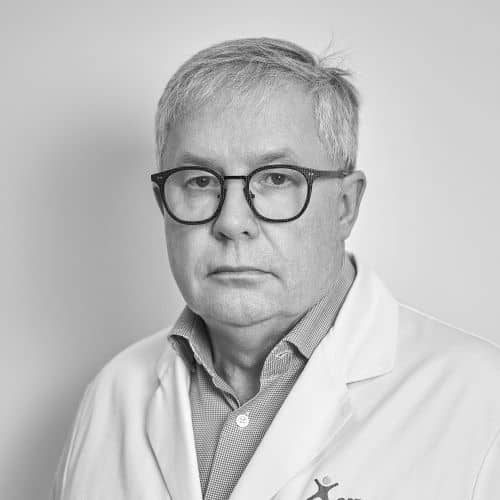
Tauno Kalvet
Orthopedist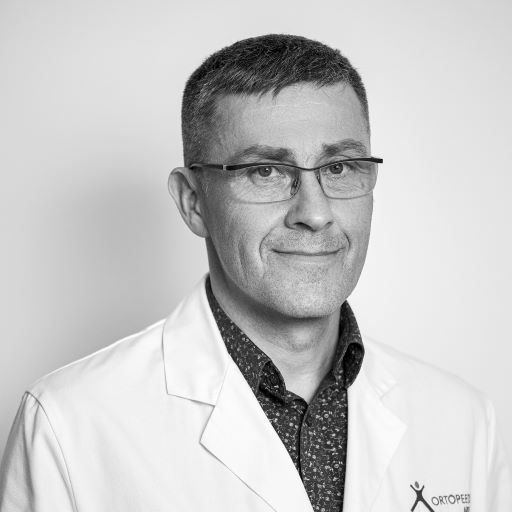
Madis Rahu
Orthopedist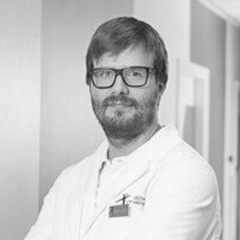
Villem Teder
Orthopedist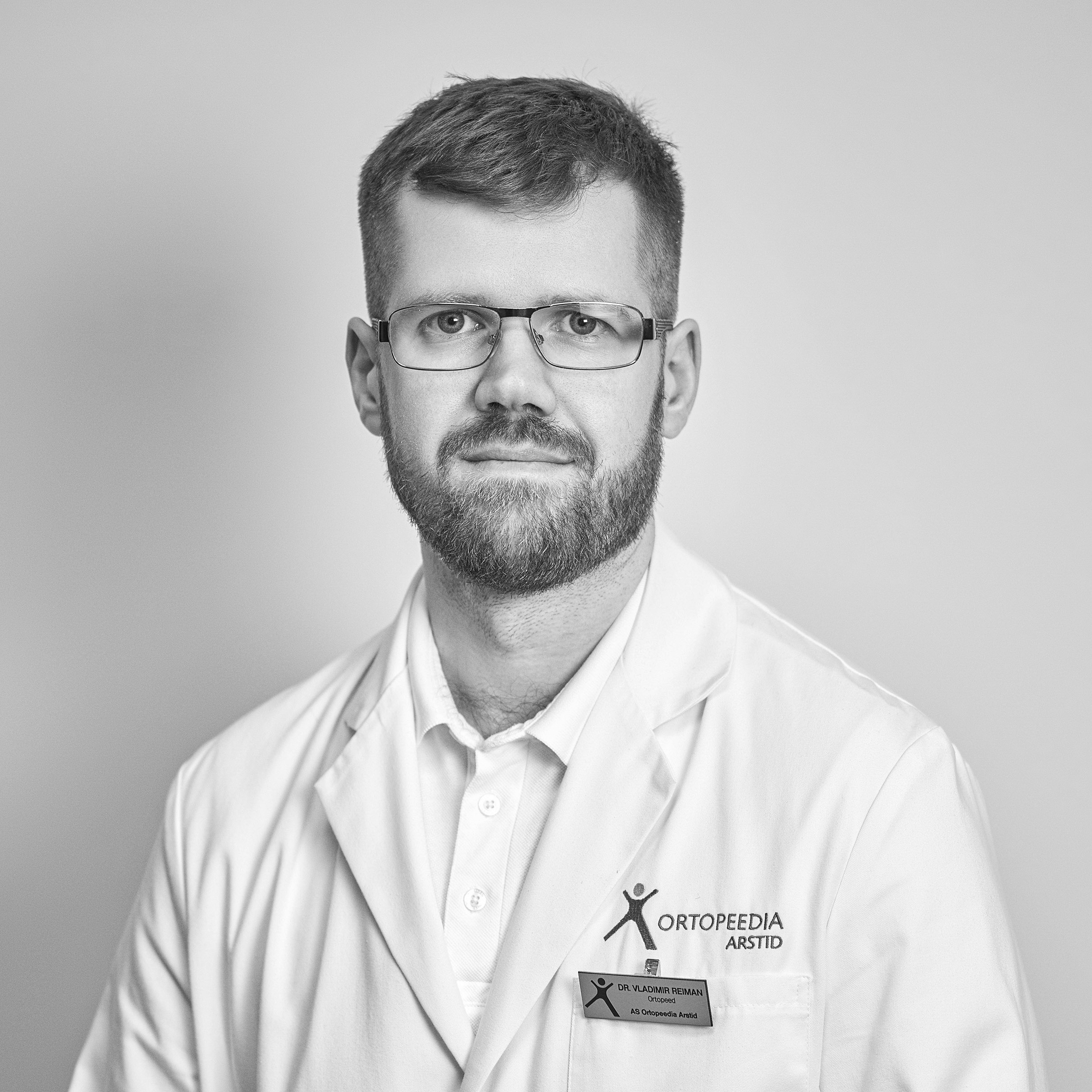
Vladimir Reiman
Orthopedist
Taavi Hõrandi
Orthopedist
Vladimir Košelev
Orthopedist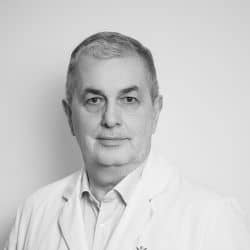
Erekle Dzotsenidze
Orthopedist
Rein Raie, MD PHD
Orthopedist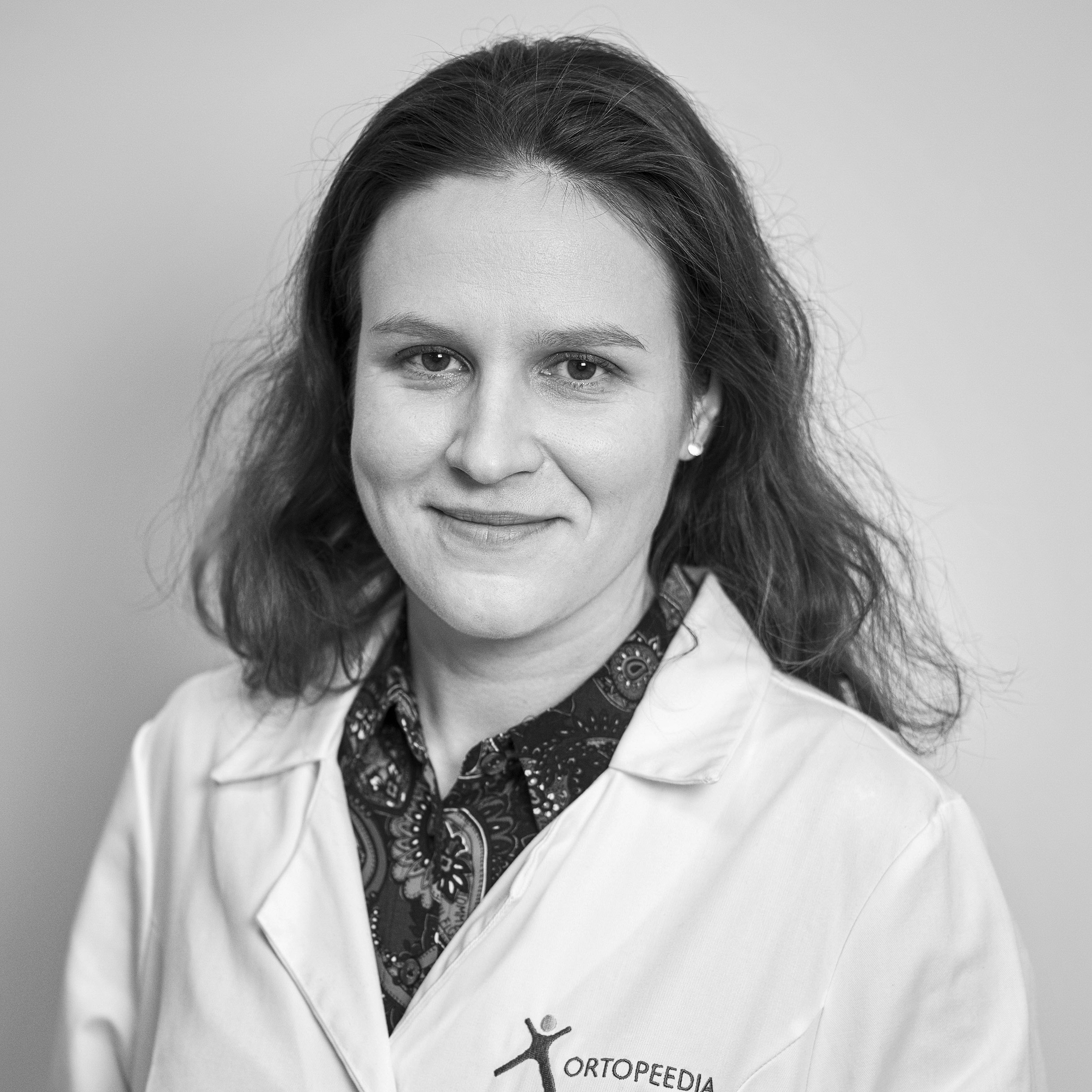
Laura Villemson
OrthopedistSeda teenust osutame
Price
Plasma treatment (1 injection)
Plasma treatment with hyaluronic acid (2 ml) injection
We have several payment options. Read more HERE.
BOOKING
Plasma treatment
